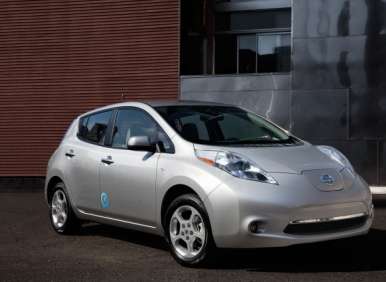Recent Articles
Popular Makes
Body Types
10 Things You Need To Know About The 2012 Nissan Leaf
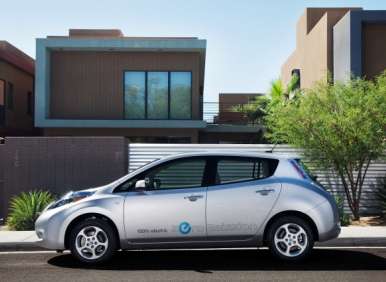
When the Nissan Leaf was introduced in 2010 it became the first pure electric automobile to be sold in the United States. Since that time a number of plug-in and extended-range hybrids have joined the automobile in the alternative energy segment, but no other mass produced vehicle can claim the same battery-only status enjoyed by the 2012 Nissan Leaf.
As with most electric and hybrid cars, buyers often have many questions about the details behind the vehicle's drivetrain, functionality and driving experience. Let's take a look at 10 things you need to know about the 2012 Nissan Leaf.
01. The 2012 Nissan Leaf Is All-Electric
The 2012 Nissan Leaf does not make use of a range-extending gasoline engine or a traditional hybrid drivetrain - it derives 100 percent of its motivation from an electric motor hooked up to a battery pack that must be recharged from an outside source. The Nissan Leaf's zero-emissions e-motor is rated at the equivalent of 107 horsepower and 207 lb-ft of torque, and unlike a traditional gasoline or diesel-powered automobile the vehicle does not feature a transmission. Instead, the electric motor is connected directly to the Leaf's front wheels. This is due to the fact that battery-powered vehicles do not need to be kept in a specific powerband - 100 percent of engine torque is available at all times.
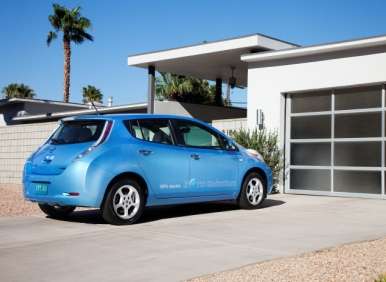
02. The 2012 Nissan Leaf Provides A Commute-Friendly Range
The 2012 Nissan Leaf was designed to deliver a battery range that would satisfy the majority of American drivers. The Nissan Leaf's battery is advertised as providing roughly 100 miles of range on a single charge during what are described as 'ideal' conditions. In mixed driving situations - including inching through traffic and cruising down the highway at a steady pace - most testers have observed a range in the neighborhood of around 75 miles. This fits in with the daily driving habits of the average U.S.-based customer and allows for worry-free commuting to and from work without ever having to stop for a recharge.
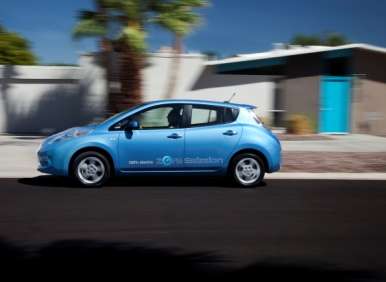
03. The 2012 Nissan Leaf Offers Three Charging Options
The 2012 Nissan Leaf provides owners with several different methods of charging the vehicle's battery. The simplest - and most widely available - is to use the 110v three-prong plug that comes with the car and which allows the Nissan Leaf to connect to any standard household plug. This represents the longest method (20 hours total) for completely replenishing the vehicle's charge, and it is mostly intended for top-ups when traveling away from other charging options.
Making use of a 220v charging dock ($2,000 from Nissan) dramatically reduces the time it takes to fully 'fill up' the Leaf. Each dock ensures a full charge in just seven hours, but they must be installed by a qualified electrician. For those who need to be able to quickly run the Leaf's battery up to an 80 mile charge there are special fast chargers that make use of a 480v connection to do the deed in a brisk half hour. 480v power points are typically only found at dedicated electric vehicle charging stations or inside industrial or commercial buildings that operate heavy equipment.
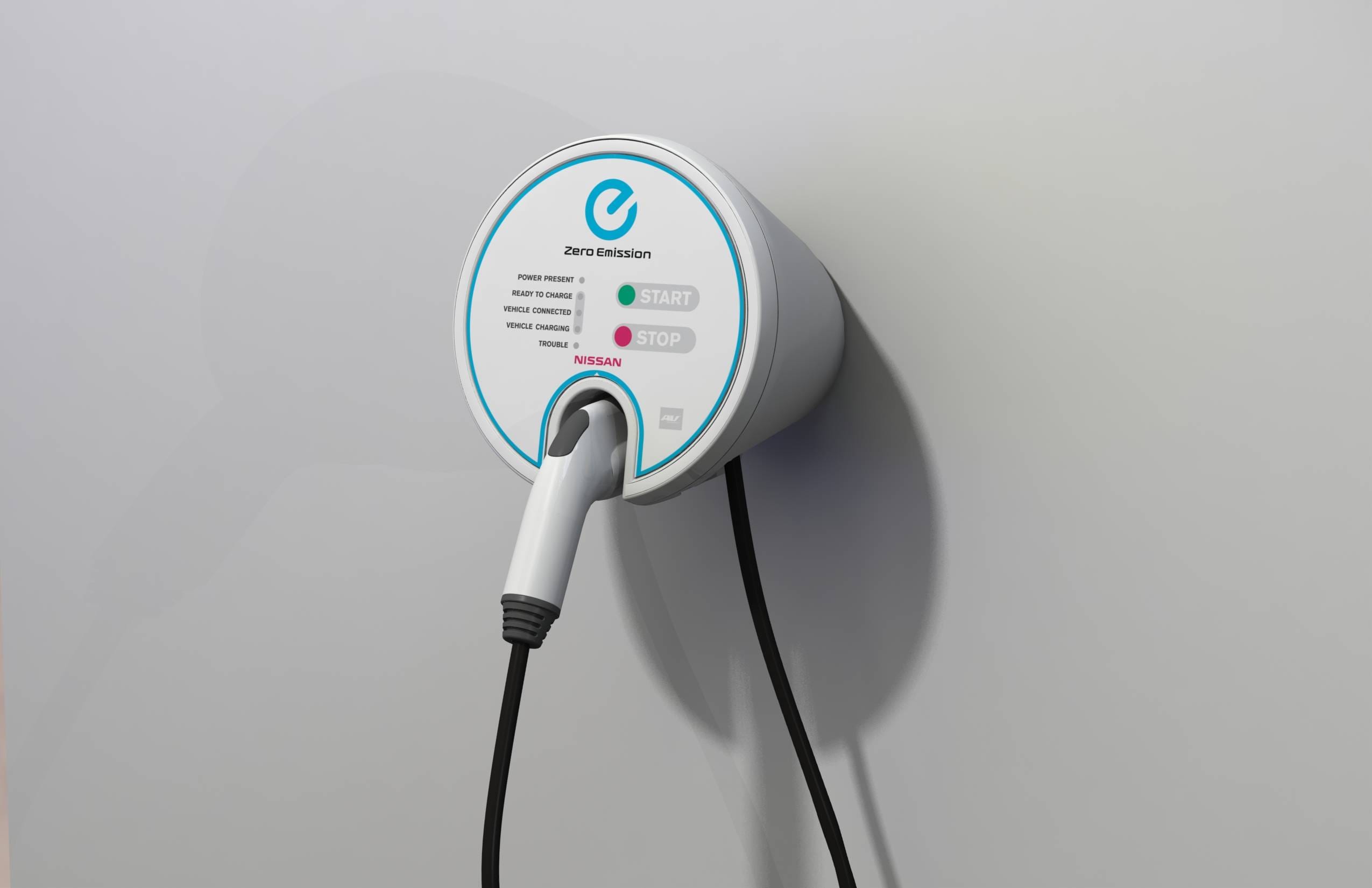
04. The 2012 Nissan Leaf Provides Charge Scheduling Features
Charging an electric vehicle like the 2012 Nissan Leaf is cheaper if done at off-peak times when a utility's grid is not being used to its maximum potential. This often means the late hours of the night or the early hours of the morning. The Nissan Leaf offers a charge scheduling feature that will only begin to draw current from the wall at a specified time of day. It also allows owners to start, stop and schedule charging remotely using either a computer connected to the internet or a special smart phone app that can act as an interface to many of the Leaf's other systems.
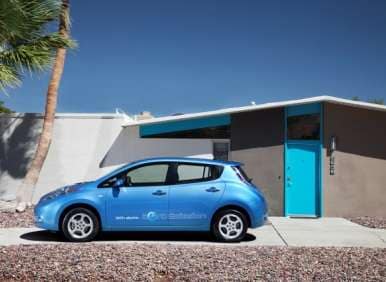
05. The 2012 Nissan Leaf Provides Compact Hatchback Practicality
The interior of the 2012 Nissan Leaf is surprisingly roomy for such a small car, given that the vehicle's battery pack has been located underneath the floor pan in order to free up additional space in the passenger compartment. The Leaf can seat up to five passengers, and although those riding up front will be the most comfortable the rear seat is far from a penalty box on shorter trips. The back row also folds forward in order to expand the electric hatchback's total cargo capacity from 14.5 cubic feet to 24 cubic feet - slightly larger than the trunk of a full-size sedan.
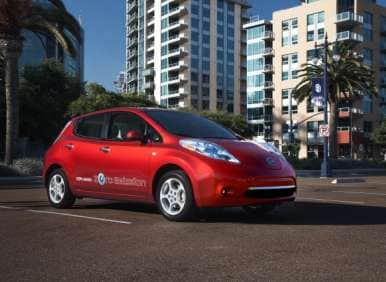
06. The 2012 Nissan Leaf Comes In Two Trim Levels
The entry-level Nissan Leaf SV comes with a long list of standard equipment, including features such as heated seats front and rear, power windows and door locks, a heated steering wheel, Bluetooth integration and a navigation system. Also offered free-of-charge with the Leaf SV are cruise control, a trip computer, a CD player and satellite radio. Upgrading to the SL trim adds a solar panel to the vehicle's rear wing, an automatic on / off feature for the automobile's LED headlights and a rearview camera that helps out when reversing the automobile.
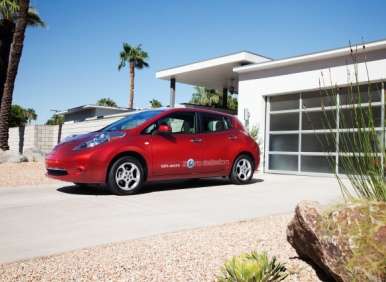
07. The 2012 Nissan Leaf Is Small, But Safe
The 2012 Nissan Leaf boasts Top Safety Pick status from the Insurance Institute for Highway Safety as well as a five-star federal crash test rating. The Nissan Leaf's impressive safety credentials are the result of its suite of protective features, including standard electronic traction and stability control as well as front and seat-mounted side airbags for forward occupants and a side curtain airbag system that deploys along both sides of the passenger compartment to protect those sitting in all positions. The Leaf also comes with a full complement of crumple zones in addition to a tire pressure monitoring system to help prevent blowouts.
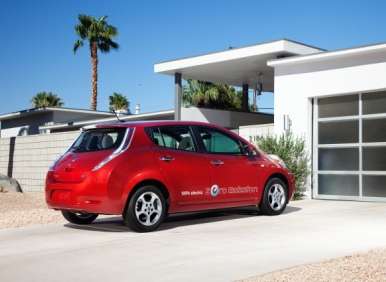
08. The 2012 Nissan Leaf Comes With A MPGE Rating
Although the 2012 Nissan Leaf does not consume any gasoline while driving down the road, the electricity that is used to charge its battery may come from a source that produces emissions or consumes oil or coal at some point before being introduced into the grid. For this reason the EPA has assigned 'miles per gallon gasoline equivalent' ratings (MPGE) to a number of hybrid and battery-only automobiles in order to give buyers the ability to compare their 'fuel consumption' to traditional automobiles. The Nissan Leaf was one of the first vehicles to gain a MPGE rating and it offers 106 MPGE in city driving and 92 MPGe on the highway.
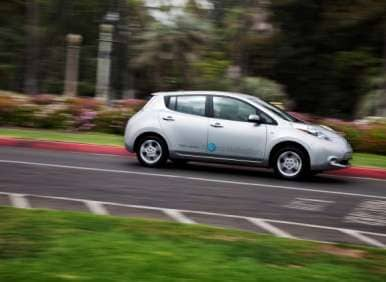
09. The 2012 Nissan Leaf Drives Like A Normal Compact Car
Perhaps the most surprising thing to most first-time 2012 Nissan Leaf drivers is just how much it drives like a regular car. Yes, the Nissan Leaf is much, much quieter than most other automobiles due to its complete lack of engine noise (although the car does emit a unique sound when traveling at low speeds in order to let pedestrians know it's around), but other than that the vehicle's acceleration, braking and handling are very much up to the standards of a car its size. In fact, the instant-on nature of the torque from the Leaf's electric motor gives it good pick-up off of the line without any of the buzziness that often accompanies a small four-cylinder engine.

10. The 2012 Nissan Leaf Qualifies For A Tax Credit
Buyers who select the 2012 Nissan Leaf are able to take advantage of a $7,500 income tax credit that is designed to help encourage the adoption of environmentally-friendly electric vehicles. This credit - which can be combined with other local or state incentives that might be available - is a welcome bonus for Leaf owners as the electric car's MSRP starts at a fairly lofty $35,200. The Leaf SL boosts that amount to an MSRP of $37,250. This makes the Nissan much more expensive than other comparatively-sized compact hatchbacks, but such is the price to pay for riding the first wave of electric automobiles to reach the American marketplace.
